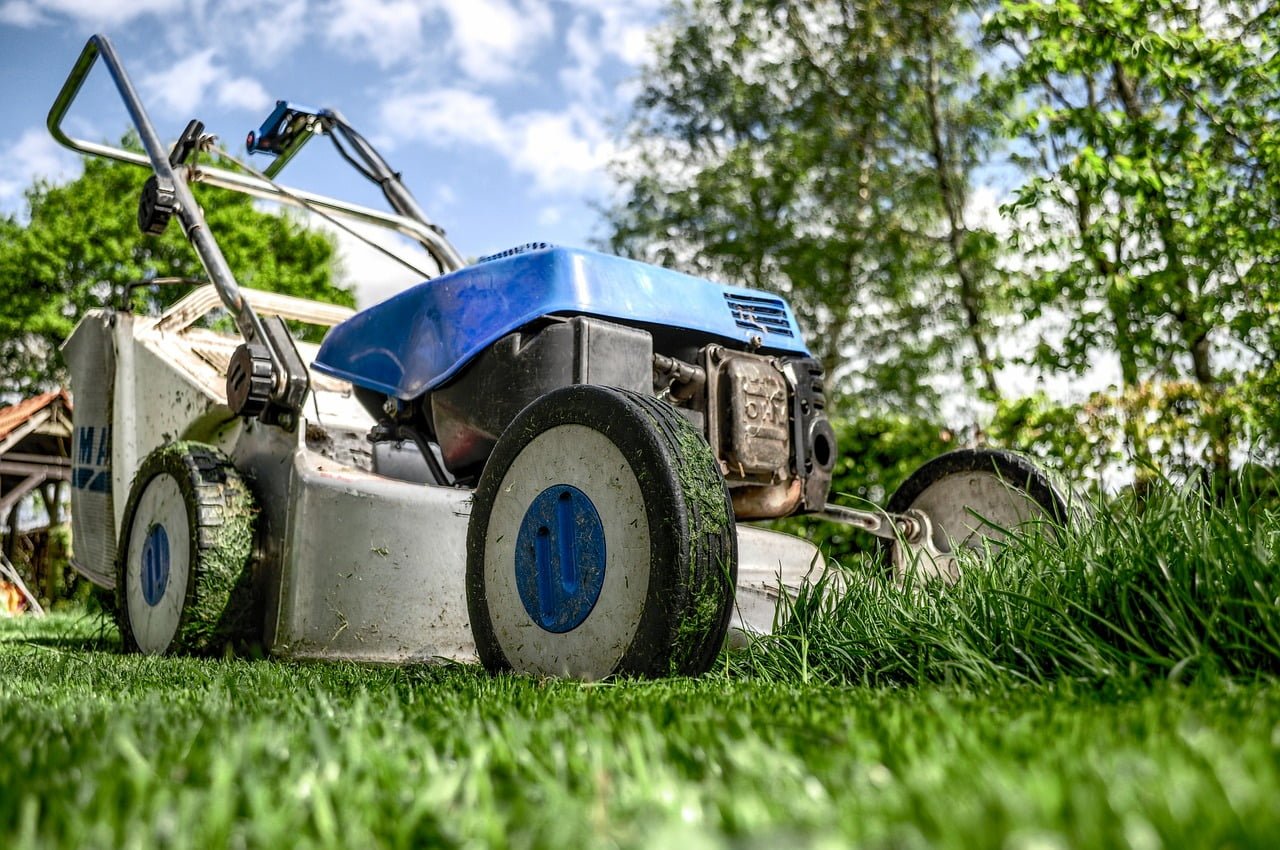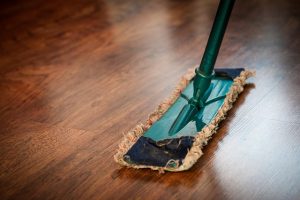
Lower back pain: how to treat it and get relief
Have you ever had back pain? If so, you’re not alone. According to research, up to 80% of the population will experience it at some point during their lifetime. And this may surprise you, but it’s the second most common reason for a doctor’s visit (upper-respiratory infections in number one).
I’ve experienced it myself and treated more patients than I can count for back pain. Trying to get through the day with back pain is not fun.
Back pain can vary, but lower back pain is extremely common. It can be chronic, being worse from time to time, or be acute as the result of an injury or wrong movement (this happens more often as we age!). Sometimes the pain can hang around for a few weeks; other times for a few months.
What can you do to get some relief? For most people, it’s a bit of trial and error requiring more of a multifaceted approach than traditional medicine offers. The good news is there are many things you can do that don’t involve surgery (or even prescriptions, but I’ll cover that later).
So let’s get specific about some of the lower back pain treatment options you have.
Cold/heat therapy
Applying appropriate heat or cold to the lower back can relieve symptoms and encourage the healing process. So how do you know which one is needed?
Cold therapy– is generally applied whenever there is inflammation involved. This is often early in the onset of pain or immediately after an injury or reinjury. However, inflammation can remain part of a condition for long periods of time. The benefits of cold therapy include reduction of inflammation and slowing of nerve impulses that can cause spasms of pain.
Heat therapy– is generally applied when we are certain there is no inflammation such as tense muscles or nerve irritation involved. It is generally used for tense or tight muscles that are not injured, but are achy and sore. It’s benefits include stimulation of the blood flow of nutrients to the area needing healing and inhibition of pain “messages” from being sent to the brain.
Exercise/stretching
Exercise that is specific but not strenuous can have major benefits to reducing back pain. Everybody’s back pain and cause is so different, I hate to get specific about exercises recommendations. For some people, core strengthening will help to create better support for their spine. For others, various stretching exercises can reduce stress, particularly to their sacroiliac joints. Get specific recommendations from your physician, chiropractor or physical therapist once your lower back pain is accurately diagnosed.
Endorphins release
We hear about endorphins but how much do we understand them? Endorphins are hormones that occur naturally in the body. They can be powerful – almost like a natural pain reliever. Endorphins help block pain signals from registering with your brain but can also alleviate anxiety, stress, and depression, which can make pain conditions worse.
There are many ways to get these “feel good” messengers to be released. Some include chiropractic manipulation, massage therapy, meditation, aerobic exercise, making music, having sex (yes!), eating dark chocolate (yay!) and even enjoying your favorite food. So consider lifestyle changes that incorporate more of these activities so your endorphins can start flowing.
Sleep/rest
A good night’s sleep and adequate rest, particularly during a flare-up, is critical for relieving back pain. Many people with chronic pain also suffer from insomnia, and it can be tough to break the cycle of pain and lack of sleep. If you are struggling with sleep, make sure you are addressing this condition as well as your back pain.
The position you sleep in can make a huge difference. There are many options, and you should see which one works best for you. No matter what position you end up with, make you’re your spine has proper alignment. Focus specifically on aligning your ears, shoulders, and hips.
RELATED: How to improve the quality of your sleep
Massage/Acupuncture
Both alternative therapies target specific muscle groups to reduce spasms, increase blood flow and ultimately provide pain relief. We offer massage therapy at our office with some great, qualified therapists – and can refer you to an acupuncturist. Aside from the pain relief, the experience with both therapies should leave you more relaxed which will improve how you feel about your lower back condition.
Chiropractic manipulation
Studies show that chiropractic treatment involving manipulation of the spine is effective for lower back pain, neck pain and more. Not only can manipulation, or adjustments, provide relief during a pain flare-up, but maintenance adjustments after the pain is gone can be powerful in preventing pain from reoccurring.
Chiropractors like myself and Dr. A perform two types of manipulations.
Spinal manipulation is high-velocity, quick thrusts that immediately reduce nerve irritability and restore the range of motion in the back.
Mobilization is low-velocity movement and stretching of the muscles and joints to increase the range of motion within those areas. Depending on the diagnosis, we choose the type that will best provide what the patient needs.
About those prescriptions…
 Folks with acute, severe lower back pain may find themselves considering prescription muscle relaxants, pain medications, or anti-inflammatory medications. None of these are advisable for long-term, chronic pain.
Folks with acute, severe lower back pain may find themselves considering prescription muscle relaxants, pain medications, or anti-inflammatory medications. None of these are advisable for long-term, chronic pain.
I’m not a huge fan of prescriptive approaches – although I understand that at times, patients are in so much pain that they feel they have no other options. Beyond overuse and addiction, prescription drugs that numb pain may also convince a patient that their condition has healed or is less severe than it really is. That misunderstanding can lead to over-exertion, a delay in the healing process or even to permanent injury. So please be very cautious, particularly with narcotics.
When used correctly, some prescriptions can reduce the pain enough to employ exercise, chiropractic manipulation or other effective treatments. However, we hope to avoid them altogether.
Final thoughts on lower back pain relief
We treat so many patients for lower back pain. Most utilize a variety of treatment approaches to get pain relief. Chiropractic manipulation definitely helps…and as mentioned before, continuing manipulations after pain is gone, along with preventative approaches, can keep that pain at bay (check out the article link we shared above!). As always, come in for an evaluation so together we can work up a treatment plan that’s right for you.
Dr. Sharman


